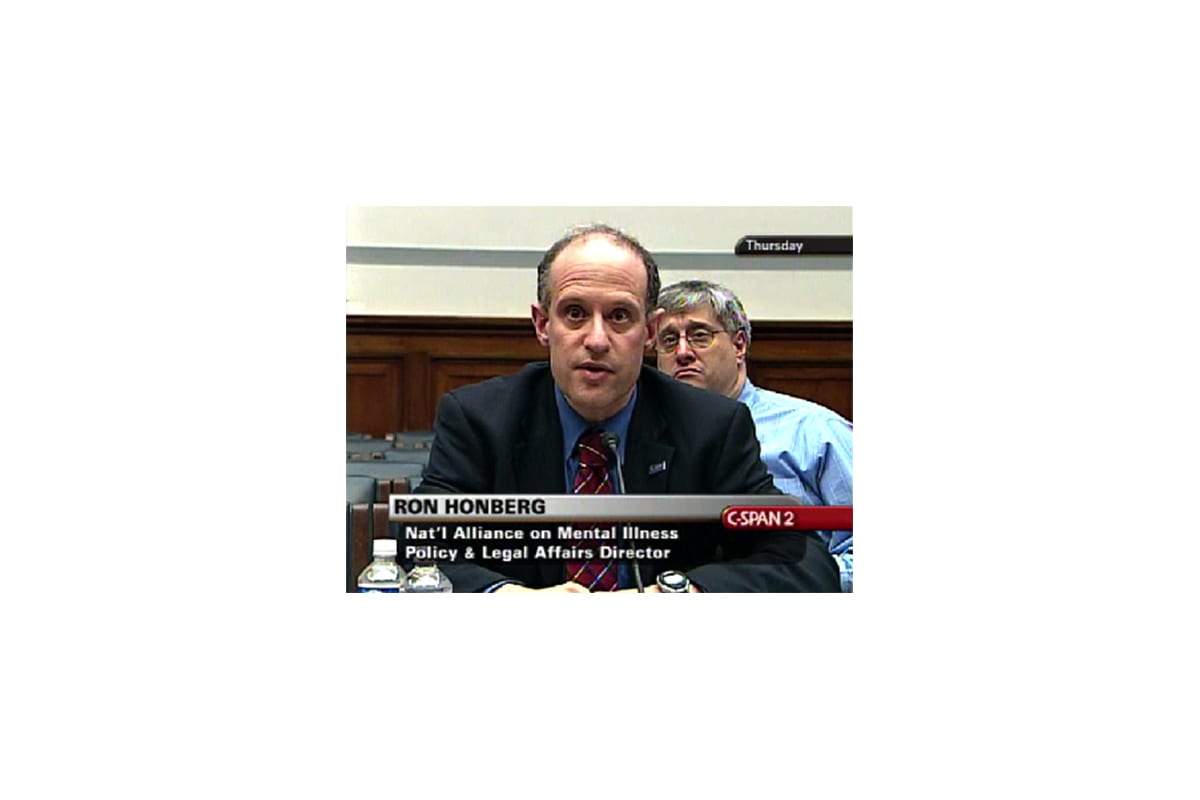Following the Money—from the Pharmaceutical Industry to Advocacy Groups
February 23, 2011

Ron Honberg of the National Alliance on Mental Illness (NAMI), testifying before Congress. In 2007, NAMI received $325,000 from Eli Lilly. NAMI disclosed Lily’s support publicly - but many of its peer organizations didn’t.
Every day, health advocacy organizations – groups like the American Heart Association, the Cystic Fibrosis Fund, or the March of Dimes – testify on Capitol Hill, write op-eds, give interviews and publish studies. They exist, in part, to influence public and policymaker opinion, and some are highly effective in doing just that.
But many of these groups, a new study in the American Journal of Public Health has found, receive substantial contributions from the pharmaceutical industry – and disclose few of them, if any.
In the study, researchers led by Sheila Rothman of Columbia University examined the contributions of one pharmaceutical company, Eli Lilly, to health advocacy organizations. (The study was funded in part by the Institute on Medicine as a Profession, a Burness client.)
In the first quarter of 2007, Lilly gave $3.2 million in grants to health advocacy organizations, mostly in areas where Lily has a significant commercial interest. Only 25 percent of the recipient groups acknowledged these contributions, and none disclosed the amount. The result, according to Professor Rothman? : “It was nearly impossible to follow the money.”
This is important, the study authors say, not because the health advocacy organizations are necessarily doing anything improper. But until they become more transparent, Dr. Rothman and her colleagues recommend a few legislative changes to shed light on contributions like these. The goal is simple: for legislators, the media and the public to fully know who’s funding the research and analysis on which they rely.
If you’re looking for more information on this issue, this New York Times blog post is a good place to start.
